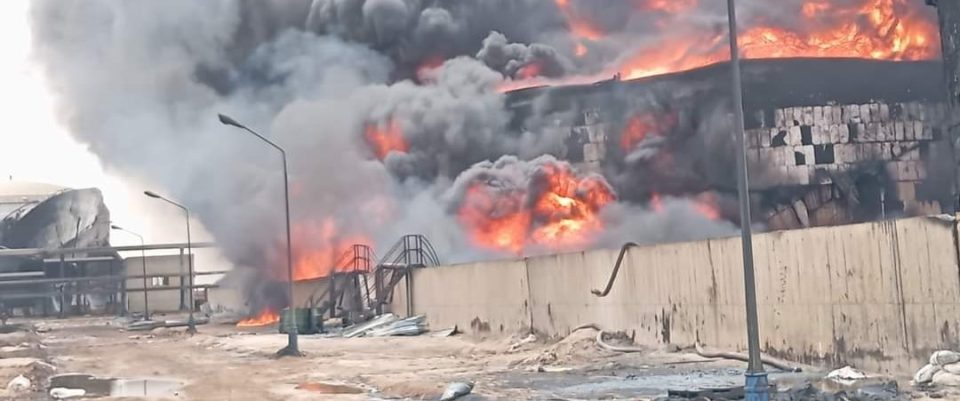The Sudan War and Its Environmental Impacts (Part II)

By Dr. Hassan Humeida
Kiel, Germany: As we are still discussing plants and their damage, we are on the cusp of the beginning of the rainy season in Sudan. This season represents a source of food for humans and animals, as the country’s barren deserts and valleys are transformed seasonally into green meadows and lush oases with the arrival of the rainy season.
However, there is a troubling concern for farmers and herders regarding the security and safety of their workplaces due to the ongoing devastating war. We must never forget the environmental disasters that occur from time to time with the increase in rainfall, torrential rains, floods, and epidemics that accompany this rainy season, especially if proper preparations are not made before the onset of the rains and the establishment of lasting peace.
This exacerbates the suffering of the Sudanese people, with the spread of poverty, hunger, and disease, and the high mortality rate, especially among vulnerable age groups as the war continues without sustainable solutions.
The infrastructure of streets and roads, fuel stations, and water and sewage treatment plants were damaged during the fighting due to power outages and neglect, in addition to the deliberate direct attacks on numerous water and power facilities, transmission stations, and information networks.
As of March 2024, only one of 13 water treatment plants in Khartoum State remained operational. The ongoing war in the country has strained its limited capacity to adapt and respond to the challenges and needs of global climate change, as well as to adapt locally. This coincides with the outbreak of the war, following the suspension of many sustainable development programs aimed at addressing this challenge.
Major concerns about chemical leaks have emerged in a striking and frightening manner over the past two months, following reports of a warring party using chemical weapons in the capital and several areas of Darfur. Some have linked this to the outbreak of strange respiratory and intestinal diseases that have killed hundreds in recent weeks.
Similar reports have revealed that storage sites for research plant samples and toxic pesticides in the Gezira Scheme, one of the largest irrigation projects in the world, and its affiliated Agricultural Research Corporation have been damaged, looted, and misused, increasing the risk of population harm. Health and environmental monitors have observed cases of water and food poisoning in residential areas, attributed to the use of toxic substances to threaten the lives of civilians, forcing them to leave their homes permanently.
The ongoing conflict has exacerbated the environmental impacts of unauthorized gold mining. This has led to the deterioration of environmentally responsible land use, increased erosion rates, the transfer of chemically contaminated silt, and the contamination of rivers and agricultural land with cyanide and mercury, which are major sources of primary environmental pollution.
Adding to the devastating record of the ongoing war between the two parties to the conflict, some research institutions maintain certain types of deadly microbes that are found in research institutions, such as the Faculty of Medicine at the University of Khartoum, the Institute of Endemic Diseases, and the Astak Laboratory for Biological Sciences. The laboratories of these institutions, which house rare historical research specimens, have been damaged. Their removal from these institutions would cause fatal environmental damage to humans and animals.




